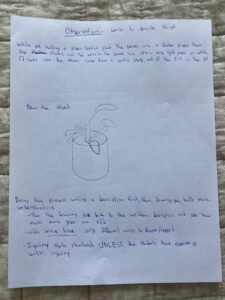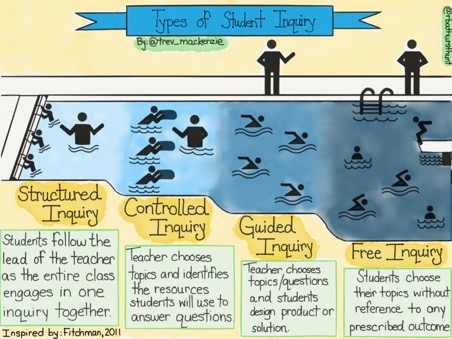Inquiry needs to be a gradual process and have proper scaffolding to be successful for learners. Throwing students in the deep end of free inquiry with no previous experience in that type of learning will not yield nearly the same results as would be the case if you started with structured inquiry and built towards the freedom. Structured inquiry starts it off, then moving into controlled inquiry, onto guided inquiry, and finally into free inquiry. In Social Studies, as with other subjects, it is a process building towards something.
It is a process of critical thinking
- We need to be patient and willing to help guide students on the journey
- Focus needs to be on process over product – which can be very difficult to achieve when parents and education later on very much values product, sometimes at the expense of the learning process
- Keep the students involved in the process and use guiding questions that engage them in the thinking
The article I chose to use here is from our “Observation” task in class where we had to write a description first in as much detail as we could, and then drew the object based on observations and our description. With more time, we would have gone back to the description to add more. This is the start of structured inquiry where we are in the process of scaffolding the process. When students gain the necessary tools for inquiry in a more structured way, they are better able to handle more agency when the time comes.


Leave a Reply
You must be logged in to post a comment.